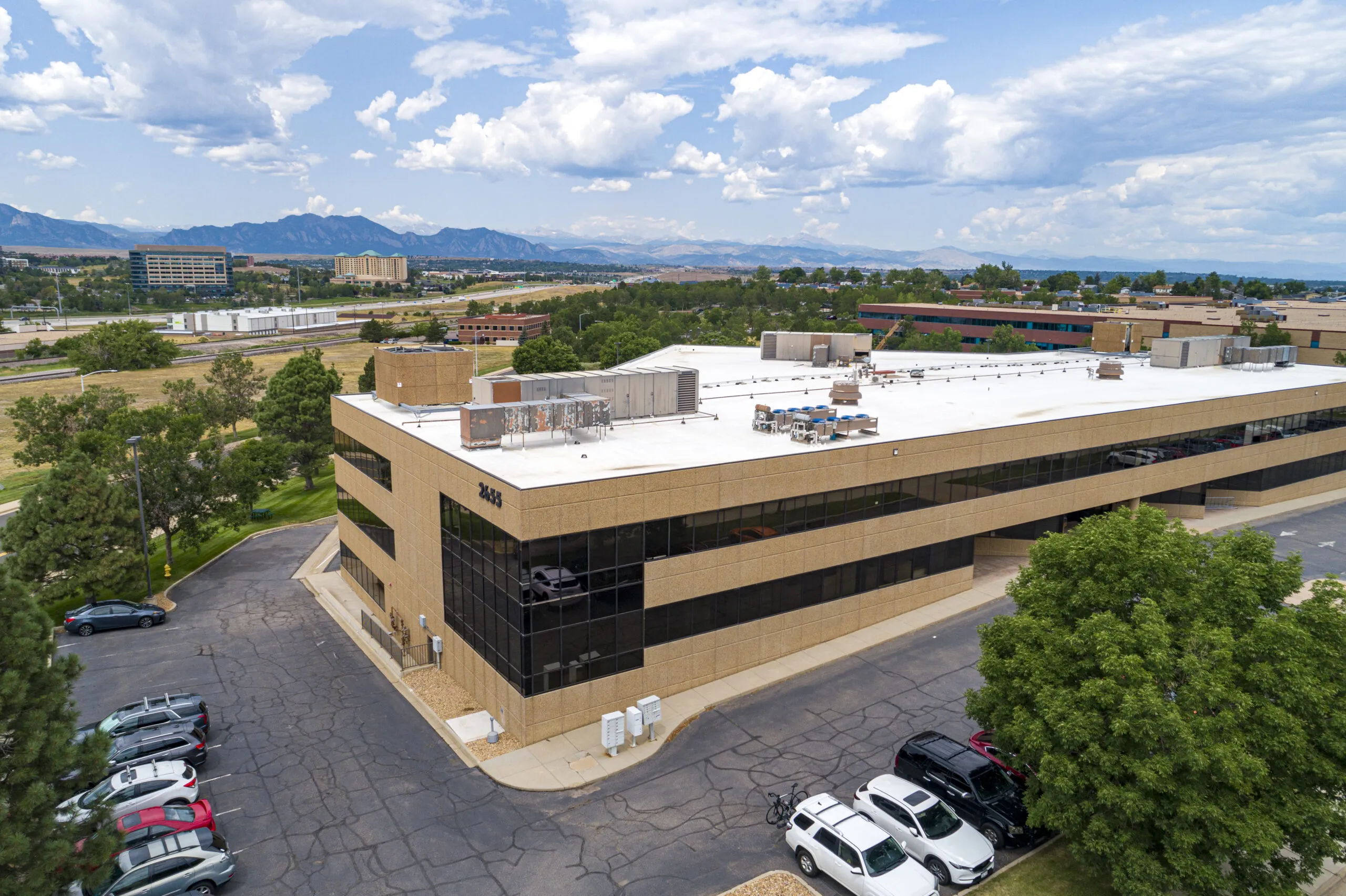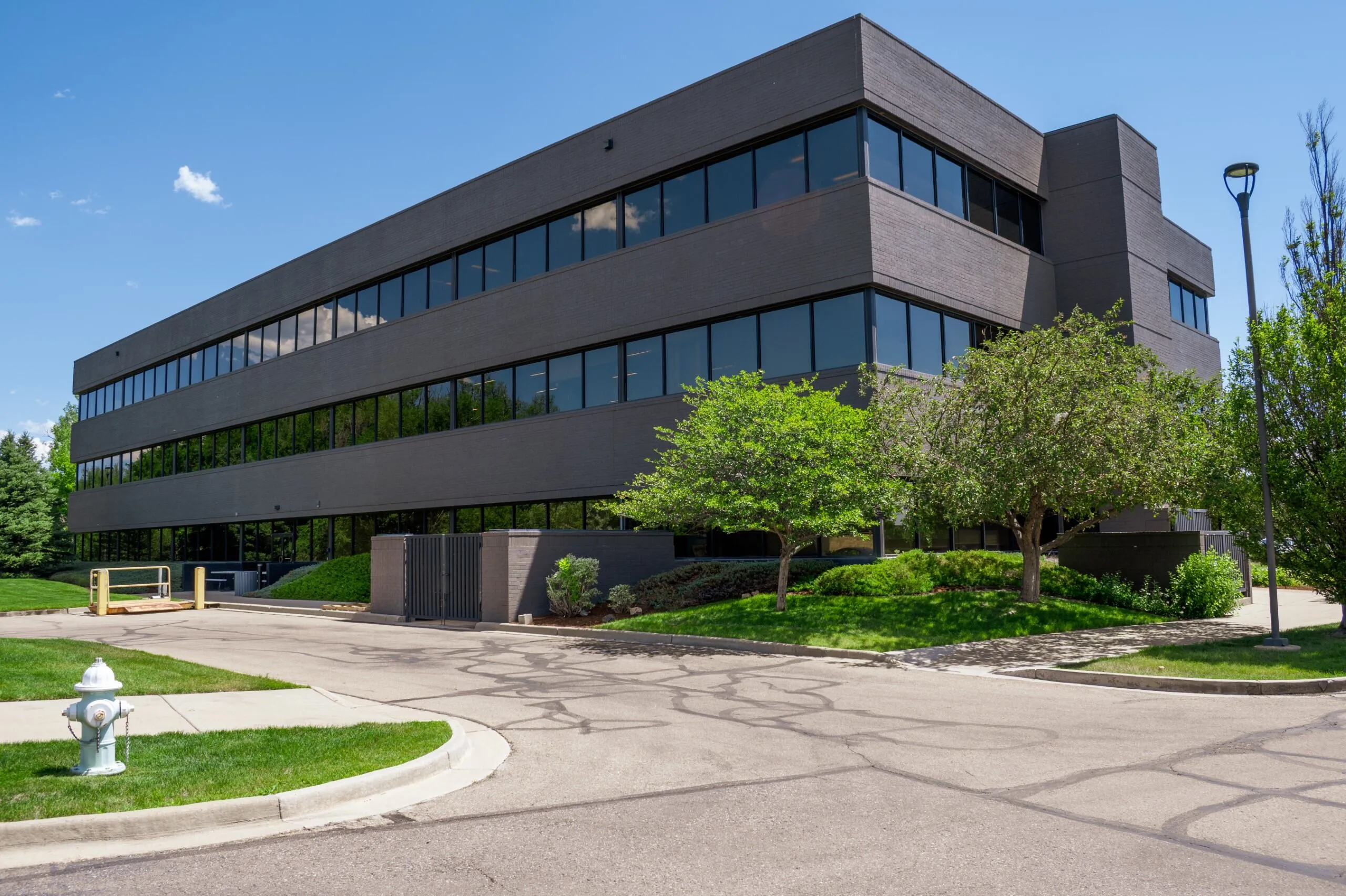Developing, buying options for owner-users
Here we sit on top of the hill with the car idling.
In our rear-view mirror we see the longest economic expansion in U.S. history (10 years and counting). We see an economic climate in Northern Colorado that facilitated growth in nearly every industry, and we see a construction boom that served up 5-10 percent annual cost increases during that time frame.
Looking out our windshield at what lies immediately in front of us, we see record low unemployment rates (hovering around 2.5 percent down from a peak of 7.7 percent in 2010),…
THIS ARTICLE IS FOR SUBSCRIBERS ONLY
Continue reading for less than $3 per week!
Get a month of award-winning local business news, trends and insights
Access award-winning content today!




